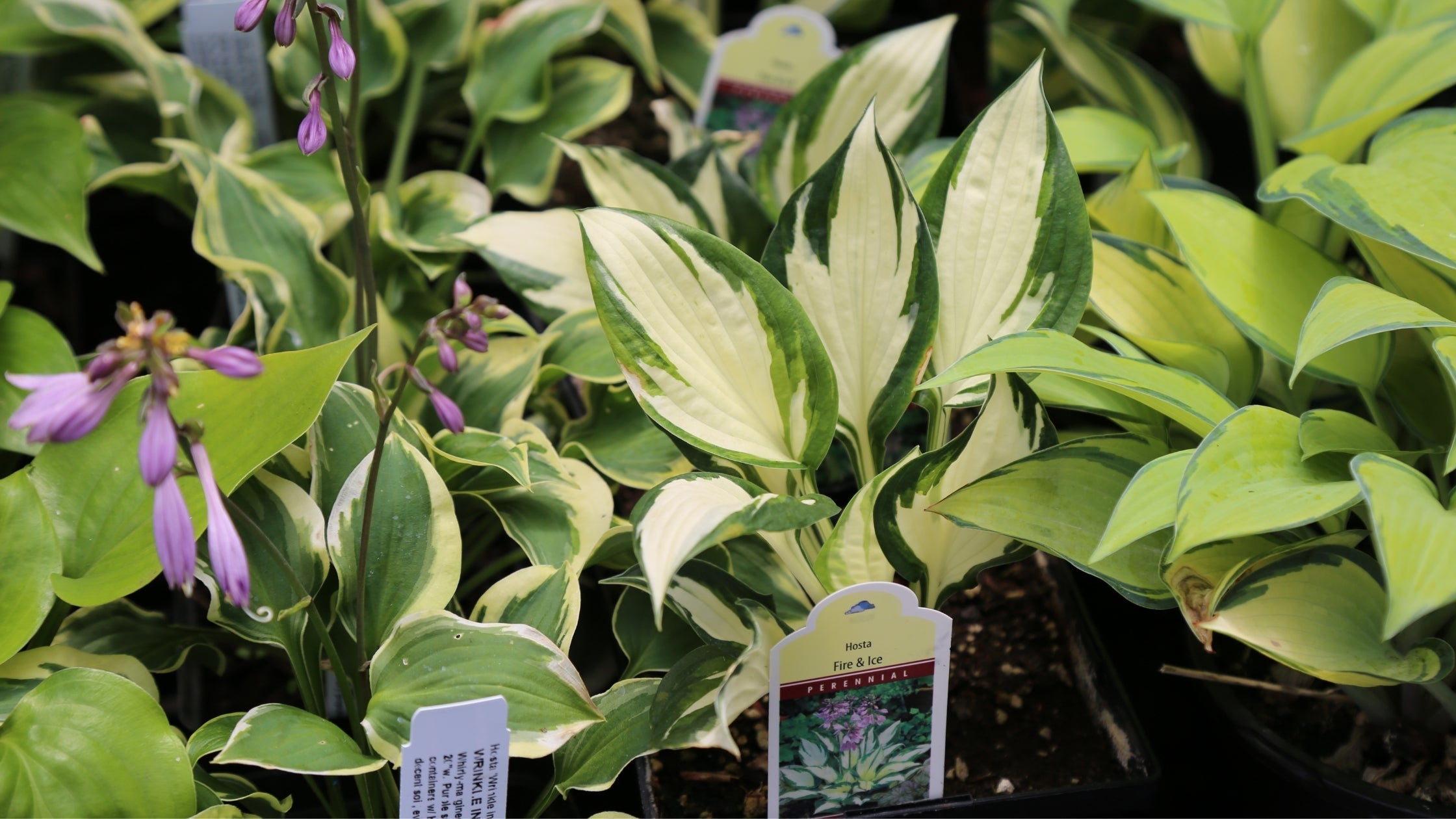Easy to Grow Houseplants
Looking for plants that are easy to take care of? Plants that are hard to kill? Watson’s has you covered.
Here is a list—with care instructions—of plants for those of use who don’t have the greenest thumb.
Snake Plant (Sansevieria)
A bold, tough plant that is a great air purifier. The snake plant, or Mother-in-law’s tongue, is a wonderful houseplant that is difficult to mistreat. They prefer medium light levels, but will tolerate both high and low light conditions, although direct sun is not desirable. Dry, indoor air conditions are fine, but higher humidity is also tolerated.
Sansevierias like being pot bound, so only re-pot every 3-5 years, or even less often if the plant is kept in low light conditions.
Use a cactus mix, water only when the soil is dry almost to the bottom of the pot, and fertilize only once or twice a year (spring and summer).
Snake plants can summer outdoors but must come in well before the first frost.

ZZ Plant (Zamioculas Zamiifolia)
If you need a plant that thrives on neglect, the ZZ plant (Zamioculcas zamiifolia) is a good choice. It tolerates low to bright light, but does best without direct afternoon sun and prefers to be on the dry side. Let go entirely dry between waterings. A good rule of thumb is to water about once a month. Toxic to dogs and cats.

Peace Lily (Spathiphyllum)
A very resilient plant that tolerates low light and some neglect, peace lilies are regarded as a great plant for beginners. They can reach 3 feet tall, so are often placed on the floor, but beware, they are toxic to dogs and cats. If you forget to water for a long time, the plant will wilt, but usually recovers quite quickly upon being watered. Peace lilies are listed in the Top Ten for plants that are great at cleaning the air.
Yellow leaves indicate too much light. Keep at least 6 feet from north or west facing windows. Water about once a week or when it wilts. Wipe leaves with a damp cloth occasionally.

Hoyas
One of the easiest to care for houseplants out there, Hoyas are nearly unkillable when left to simply do it’s thing. Hoyas prefer to be ignored, and leaves will wrinkle when needing water. They make a great flowering vine for beginners.
Hoyas require medium to bright light, let go dry between waterings. Very sensitive to overwatering, so make sure to use a well-draining soil such as cactus mix with plenty of perlite and pumice.
Fertlize twice a year in, once in spring and once in summer to encourage new growth and beautiful porcelain-like fragrant flowers.

Aloe Vera (Aloe barbadensis)
A popular, easy-to-care-for houseplant that's beautiful AND medicinal. Aloe vera is one of more than 300 species of aloe plant. You know the aloe gel that shows up in lotions for cuts, bites, and burns? That isn’t a processed byproduct, but the very stuff that fills the leaves of this plant, making them rigid.
Aloe is a succulent and, when indoors, belongs in very well-draining sandy or gravelly soil and bright light. Use a cactus/succulent mix. Hot direct sun can scorch and shrivel the leaves—as can overwatering. Do water regularly, but make sure to let the soil dry out completely between waterings.
Mature plants *will* bloom on long stalks, usually after a few years.

Pothos (Epipremnum aureum)
Humble pothos is one of the absolute easiest plants to grow. And it looks great: a trailing vine with pointed, heart-shaped green leaves, it’s sometimes variegated with white, yellow, or pale green stripes or flecks.
This plant is virtually pest-free and can take a fair amount of abuse and keep on growing. They’ll keep growing, in fact, and will get long and unruly unless you occasionally prune them and separate the vines. Unlike twining plants, pothos won’t cling naturally to trellises or walls, but you can use hooks, string, or other supports to train the leafy vine around, say, a window frame.
Ordinary potting soil works great for pothos. Give it a draining pot and let it dry out completely between waterings. Partial shade is okay, but pothos loves bright indirect light. If you have variegated plants, note that without sufficient sunlight they may lose their patterns and go all green. (Similarly, too pale a leaf means it’s getting too much sun.) Repot when it becomes rootbound. Propagate—and share with friends!—by taking stem cuttings and letting the roots grow out in a jar of water.




